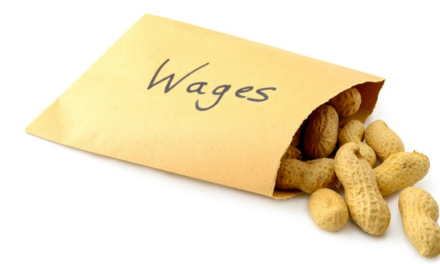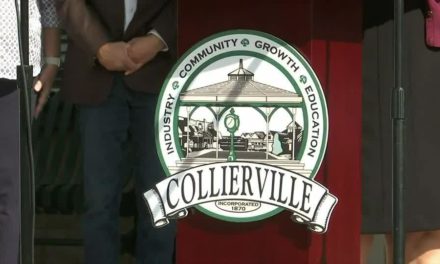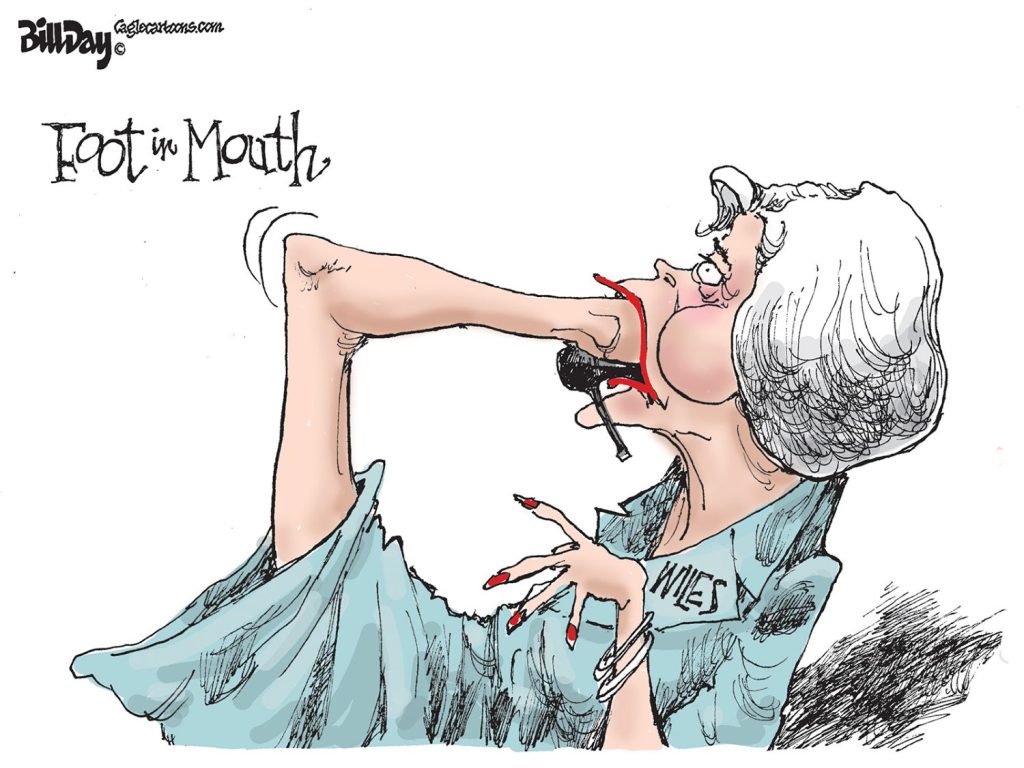From Naked Capitalism:
What’s a taxpayer to do? First, you need to know that uncontrolled subsidy competition like we have here in the United States is going to systematically provide higher subsidies than will a rules-based system like that of the European Union. The EU’s state aid rules guarantee transparency, restrict location subsidies to the poorest regions, and cap the amount of subsidy a project can receive based on two principles: 1) The richer the region, the lower the maximum subsidy allowed (with 0 as the maximum in many regions); and 2) For large projects, the maximum subsidy is reduced below the region’s normal percentage cap (determined under the first principle) with a 50% cut in the cap for projects over 50 million euros and a 66% cut for the subsidy on the amount invested over 100 million euros. So you need to remind elected officials and economic developers of the need for transparency and real limits on subsidy use.
Realistically, though, we are a long way away politically from having rules like the EU’s. Right now, we’re making progress on transparency but not so much on substantive rules, not even anti-piracy agreements. What do we do to evaluate investment incentives now?
The goal in bargaining is to get the most benefits for the least cost. How do we know if the cost is high or low? This is where the Good Jobs First Megadeals database comes in. We can use it to compare the cost with similar deals made elsewhere in the United States. You can use Subsidy Tracker if you want to look at smaller deals, but for my purposes in this post I can’t deal with a quarter of a million projects, so I am sticking with Megadeals.In my last post, I discussed one of the most important sets of questions regarding any proposed economic development subsidy: How much does it cost? Is that too much? The answer, assuming that we are not going to overhaul our broken subsidy system overnight, was that we see if we’re paying too much by looking at what other states and cities have paid for similar projects…
In my last post, I discussed one of the most important sets of questions regarding any proposed economic development subsidy: How much does it cost? Is that too much? The answer, assuming that we are not going to overhaul our broken subsidy system overnight, was that we see if we’re paying too much by looking at what other states and cities have paid for similar projects.This presumes, of course, that we know how much the incentive package costs in the first place.
There are, unfortunately, far too many cases where total incentives were far higher than what was originally announced to the press. Two noteworthy examples are Nissan in Mississippi and Electrolux in Tennessee. It may take sustained political effort just to keep politicians and economic development officials from trying to pass off this kind of balderdash.
Once we know the cost, we need to ask questions about the benefits of the project and the administration of the project by the relevant government(s). Without further ado, let’s jump right in:
1) Is this a new project, or is the subsidy simply being given to move an existing facility from one location to another? If this is a relocation subsidy, just say no. It does the country no good to give subsidies to create no new jobs. Many times, such moves take place within a single metropolitan area (Kansas City, for example). One state’s temporary gain creates an incentive for later retaliation. The Job Creation Shell Game< has many more examples of these outrages, and points out that states already know how to write legislative language to prevent within-state relocations from being subsidized.
However, just because a project doesn’t directly move an existing facility, that doesn’t mean the jobs created will all be net new jobs for the national economy; indeed, they may displace existing jobs in the same state or same city. The automobile industry in the U.S. and Canada has shown this dynamic for decades, and the St. Louis retail study mentioned below provides another well-documented example.
2) Is this a retail project? This, too, is an automatic disqualifier. As Greg LeRoy of Good Jobs First like to say, retail is not economic development; it’s what happens after you have economic development. Egregious cases like the wealthy St. Louis suburb of Des Peres (median household income of $90,000 in 1990), which in 1997 gave a $29 million subsidy to a local mall to attract a Nordstrom’s, are legendary. But in the most comprehensive regional study of its kind, the East-West Gateway Council of Governments, the regional planning organization for metropolitan St. Louis, documented that from 1990 to 2007, local governments gave $2 billion in subsidies to retail. In that time period, retail employment grew by only 5400, which can probably be fully explained by income growth in the metropolitan area. In any event, these jobs vanished with the Great Recession.
Possible exception: Good Jobs First lists one possible exception: “Except in the rare instance where there is a true dearth (a low-income neighborhood without a grocery store, for instance), retail should be built without taxpayer aid.” Amen to that.
3) How many jobs will be created? This is obviously the most common justification for incentives that government officials give. Once we know how many jobs are supposed to be created, we can calculate cost per job, an important comparison metric. It also gives us a clear benchmark to see if the proposed investor is living up to its commitments. But beware: Job numbers can be manipulated. Not only is indirect displacement possible, but the rosy numbers the company, consultants, and government throw around can be misleading. Only be concerned with what the company will be held responsible for, which almost(?) always means direct jobs. Consultants will bandy about model-based predictions of “indirect” and “induced” jobs, but if a company’s subsidy won’t be cancelled or cut for failure to meet those predictions, don’t get distracted by them.
4) What are the pay and benefits for this job? The higher the better, obviously, and one more reason that retail should almost never be subsidized, since its job quality is usually substandard. Worker training is another positive characteristic an economic development can provide.
5) Does the project require the use of eminent domain? This is usually a disguised subsidy, since the possibility of a court deciding the value of a person’s property gives the buyer more leverage in negotiating with property owners. Not to mention that the trauma of forced relocations is a highly disturbing one.
6) Does the area that will host the project have objective evidence of economic deprivation, such as high unemployment or low per-capita income? If not, the subsidy probably isn’t needed, and just raises the subsidies that genuinely deprived areas will have to pay to land investments.
7) What is the track record of the company involved? Is it known for bad labor, environmental, or other practices? Demerits for problems here.
7a) Is the company’s identity hidden by a site location consultant? It’s worth saying “no” to this pernicious practice. Information asymmetries are bad enough already in the site location process without having taxpayers being deprived any way to evaluate the company involved.
8) What taxpayer protections are built in? Does the city or state have strong requirements on job quality and other best practices, and will it enforce them through clawbacks of the subsidies (requiring repayment) if necessary? This should be second nature to states, but in the past few years, Tennessee has negotiated at least three megadeals (Electrolux, Wacker Chemie, and Hemlock Semiconductor) that specifically excluded clawbacks from the agreement, even though clawbacks are on the books in Tennessee.
9) Would the investment go forward even without the subsidy? If so, obviously you don’t want to give the subsidy. In practice, of course, you’ll never really know. Did I mention information asymmetries?
10) Does the project connect to the public transportation grid? Alternatively, is it contributing to urban sprawl?
11) What is the opportunity cost to government? The total amount of state and local subsidies is more than enough to hire every public-sector worker laid off since the beginning of the Great Recession. Could the money going to the subsidy be better spent on education, health, or infrastructure?
To summarize: Just say no to subsidized relocations, subsidies to retail, anonymous investors, and subsidies in rich locations. Calculate the cost per job and aid intensity of the proposed project and compare them with those of similar projects. Then comes the more difficult task of estimating the benefits of the project (jobs, training, wages, etc.), where it is necessary to carefully examine claims made by proponents, which will always err on the side of overpromising. Dig into the proposed investor’s track record. Companies rarely change their spots, with British Petroleum being a egregious example. And always ask if the money could get more economic development bang for the buck if spent on things like infrastructure, education, and health.





